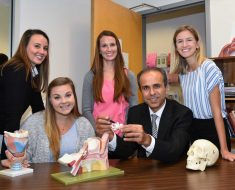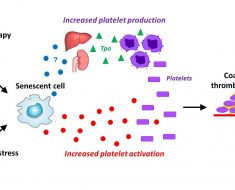
Minnesota, which found itself at the center of a national mystery over the rare polio-like disorder known as AFM last year, has reported no cases so far in 2019.
This year is supposed to be a down year, based on the every-other-year pattern of the condition, but federal health officials nonetheless issued a warning earlier this month. That’s because AFM spikes in the late summer and early fall, and because early identification of cases might improve the odds of treating and understanding this mysterious disease.
“We cannot assume that it’s a long-term pattern (every other year) because we’ve really only been tracking this since 2014, and we want parents and clinicians to be ready for a possible significant outbreak this year,” said Dr. Anne Schuchat, a deputy director for the U.S. Centers for Disease Control and Prevention.
Nationally, the CDC reported that there have been 11 cases of AFM, or acute flaccid myelitis, which is believed to be triggered by common cold-causing enteroviruses that attack the spinal cord and cause limb weakness or paralysis. It is unclear why AFM has emerged in a biennial cycle in the U.S., starting in 2014, and why viruses trigger it in some children but not others.
Earlier identification of cases could help scientists solve those mysteries. It took more than a month to report some cases to federal authorities last year, said Dr. Tom Clark of the CDC’s division of viral diseases.
The CDC also is revisiting all 2018 cases to review the paralyzing symptoms that the children suffered and how much recovery they made through physical therapy and other treatments.
Minnesota had the first public AFM reports in the United States in 2018 and ended the year with 11 cases. The national total was 233.
Researchers at the University of Minnesota also were the first this spring to identify the presence of an enterovirus in the spinal cord of a child with AFM. While nasal swabs had found the virus in other children with AFM, scientists needed evidence of it in the spinal cord to confirm their theories about the causes of the condition.
Source: Read Full Article





